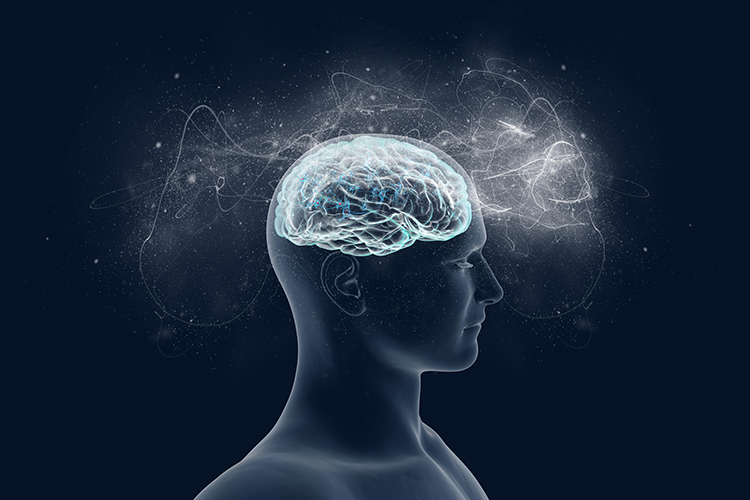Mental Health Mobile Phone App Usage, Concerns, and Benefits Among Psychiatric Outpatients: Comparative Survey Study
Torous J, Wisniewski H, Liu G, Keshavan M. (2018). Mental Health Mobile Phone App Usage, Concerns, and Benefits Among Psychiatric Outpatients: Comparative Survey Study. JMIR Ment Health 2018;5(4):e11715.
A total of 113 patients at the private insurance clinic and 73 at the state DMH clinic completed the survey. Those in the private insurance clinic were more likely to download a mental health app compared to the state DMH clinic, but actual rates of reported current app usage were comparable at each clinic, approximately 10%.
Conclusions: High interest in mental health apps does not automatically translate into high use. Patients may require continuous support in using relevant health apps.








